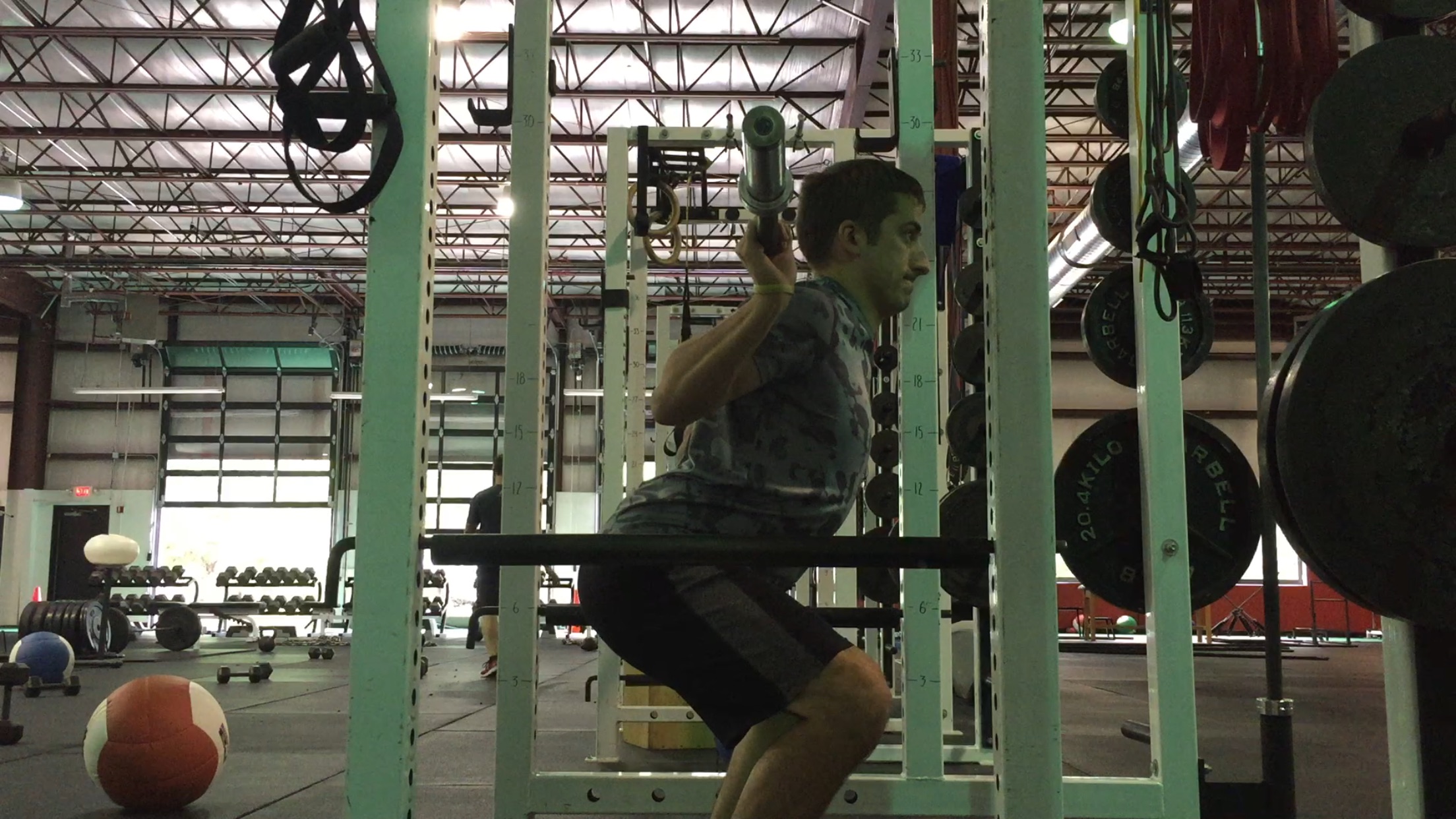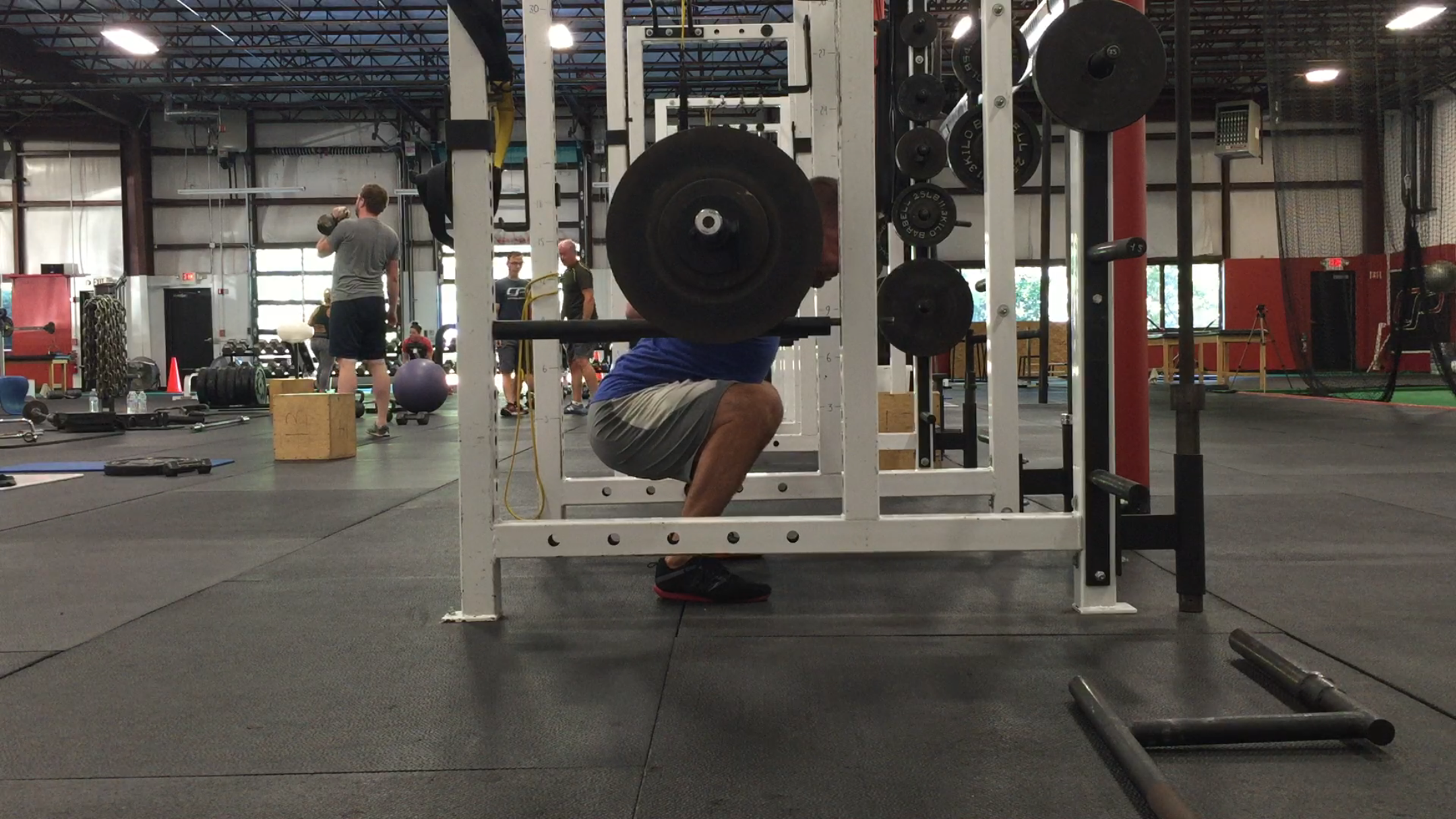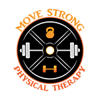Bulletproof Your Low Back: Part II
Ever had low back pain? 80% of the population has had it at least once in their lifetime or will have it at least once. It is one of the most common diagnoses out there. It can range from people who are sedentary and don’t exercise from those who are very active.
The list of causes is very long and typically, there is never one cause and effect for low back pain.
You may have lifted something heavy off the floor at the gym and you “tweaked” your back, but that one instance most possibly had multiple preceding factors over the past week/month, etc. that lead up to that point.
For those who are active, whether it be an organized sport, recreational sport, or those just looking to move and feel better by going to the gym, it is very common to experience.
If you missed last week’s Part I, check it out HERE.
This week, we are going on to part II of this series and discussing trunk position.
So, you’re probably saying, “What is Trunk Position?”
“Why Does It Matter?”
Trunk position has to do with the orientation of the ribcage over the pelvis.

There is no perfect posture and posture does not need to be perfect 24/7. But you better believe, I want my athletes and clients to be in the best possible position when loading their bodies.
Ideally, I like to see a stacked ribcage over the pelvis as shown in the 2nd diagram from the left. This is an ideal position to handle load for a squat, deadlift, etc.
Typically, with those other positions, the athlete and their body may be able to tolerate it, but over time, they body is going to delegate stress to 1 or 2 areas vs among many areas.
Ways to work on training good trunk position are with drills such as:
Supine KB Pullover
Key Points:
Lie on your back with your knees bent.
Hold 8 kg above chest.
Deep breath in and breathe out. Then bring the rib cage down towards your belt/gently flatten low back to the ground. Don’t think of crushing the ground with your low back.
-Then, bring the kettlebell overhead without losing this position. Perform for 2 sets x 8 reps.
Supine Feet Elevated KB Pullover
Key Points:
-Same as for the Supine KB Pullover.
-This is a harder variation due to being elevated.
Glute Ham Iso Holds
Key Points:
-Make sure feet are securely fastened in machine.
-Bring rib cage down towards belt.
-Make a straight line from your ear to your shoulder, hip and knee. Don’t break that line.
-Slightly lean forward until you feel your hamstrings contract and hold
-5 reps x 5 sec hold x 3 sets.
Tall Kneeling MB Chest Pass
Key Points:
-Maintain a straight line from your ear to your shoulder, hip and knee.
-Perform a chest pass to the wall.
-When you catch it and press it again, the ball is going to try and make you lose that trunk position. Don’t let it.
Hip Hinge MB Stomps
Key Points:
-Same principles as before with maintaining good trunk position and not letting the medicine ball alter position.
-Perform for 2 sets x 10 reps.
So, now that you know what good trunk position is, it can affect areas above and below the trunk as well as impact your lifting.
If you don’t maintain a good trunk position, you won’t be able to squat as deep.
.png)
If you lock your trunk position in like we spoke about earlier, you can squat deeper and most likely, it will feel better as well.
.png)
By improving trunk position, not only does it help delegate training stress to multiple areas but also allows other joints to move better.
If you are dealing with low back pain or have in the past and you want to help minimize the chances it doesn’t come back, make sure to work on good trunk position with training.
Tags:

May 1, 2019



